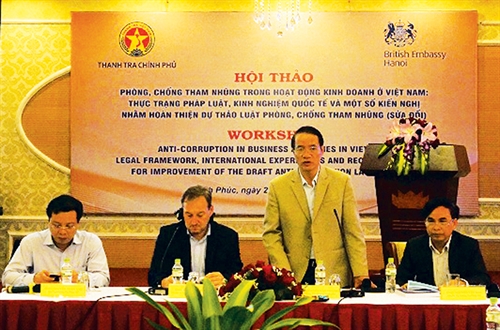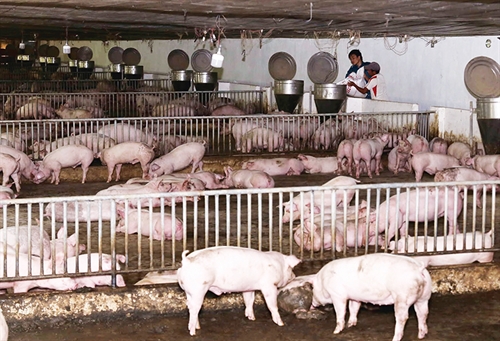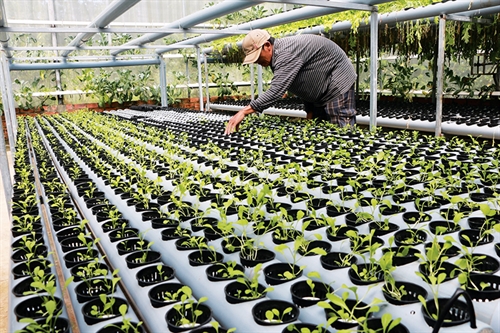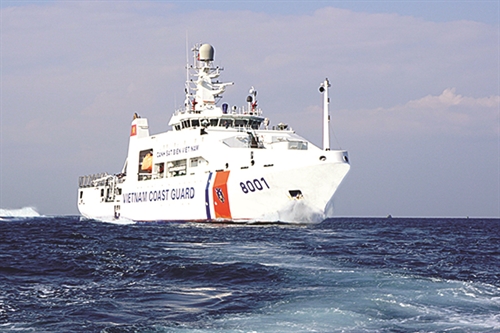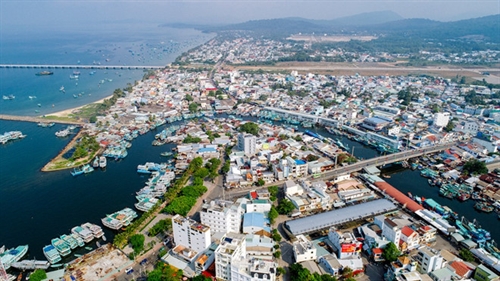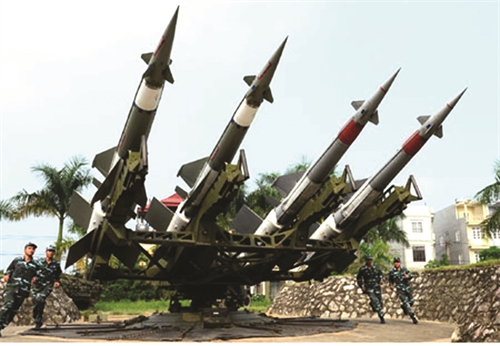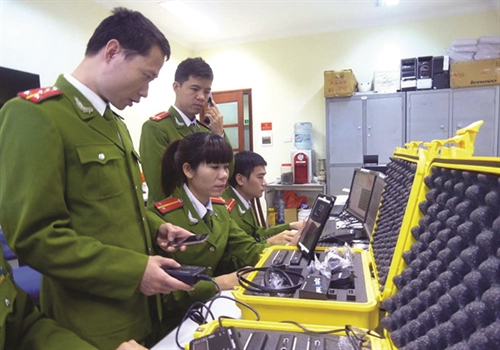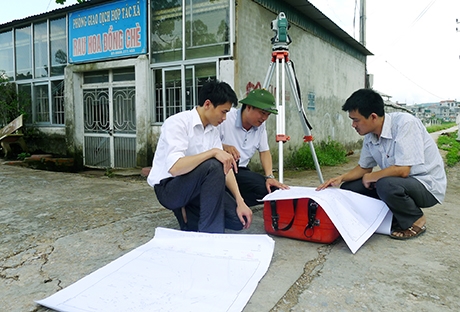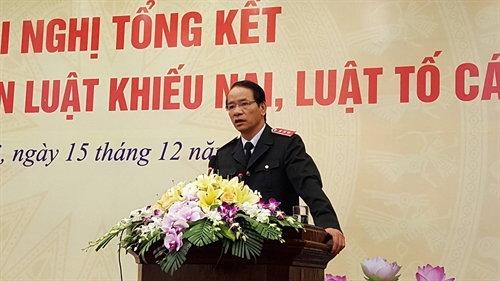Coming into force from January next year, the Law on Prevention and Control of Harms of Liquor and Beer Abuse (the Law) prescribes various measures geared toward reducing liquor and beer consumption level as well as harms of liquor and beer abuse. It also specifies measures to manage liquor and beer supply.
The 36-article Law receives great attention from the people because harms of liquor and beer abuse affect human health and social order and safety.
Measures to reduce liquor and beer consumption level
Under the Law, one of the measures to reduce liquor and beer consumption level is information, education and communications about the prevention and control of harms of liquor and beer abuse. This measure aims to raise public awareness, shape behaviors and change harmful habits in order to prevent and control harms of liquor and beer abuse to human health, families, the community, traffic safety, social order and safety, the economy and other social issues. The purposes, requirements, contents and forms of this measure are prescribed in Articles 6 thru 8 of the Law.
The Law also regulates the management of sales promotion and advertisements for liquors and beer. Worthy of note, advertisements will be prohibited in events; in advertising media and on products for under-18 persons, pupils, students, adolescents and pregnant women; and on vehicles. Advertisements are also banned on radio and television before, during and after children’s programs; and from 6 pm to 9 pm every day, except advertisements in live sports broadcasts relayed from overseas. Newswires, websites, electronic equipment, terminal devices and other telecommunications devices on which advertisements are put must have a screening technology system or software to control subscribers’ age so as to prevent under-18 persons from accessing, subscribing or seeking liquor and beer information.
Another measure to reduce liquor and beer consumption level is prohibiting liquor and beer traders to provide sponsorship with their liquor and beer products.
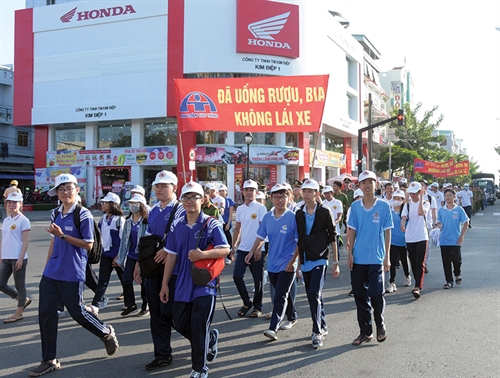 |
| A walk to call for actions against drunk driving in Rach Gia city, Kien Giang province__Photo: Le Sen/VNA |
Places where liquor and beer drinking or sale is prohibited
The Law lists places where liquor and beer drinking or sale is banned, including (i) health establishments; (ii) education institutions during teaching, studying and working hours; (iii) nurturing establishments, entertainment and recreational facilities exclusively reserved for under-18 persons; (iv) compulsory detoxification or education institutions, reformatories, incarceration facilities and other detention facilities; (v) social relief establishments; (vi) offices of state agencies, political organizations, socio-political organizations, socio-political-professional organizations and public non-business units; and (vii) public places as prescribed by the Government.
Management of liquor and beer supply
Under Article 18 of the Law, liquors and beer traded and circulated in Vietnam must conform to standards and technical regulations, and satisfy the prescribed product and goods quality requirements as well as food safety conditions. Counterfeit liquor and beer products failing to ensure food quality and safety and smuggled liquors and beer of unclear origin will be confiscated and disposed of in accordance with law. The Ministry of Industry and Trade and Ministry of Health will guide the addition of color indicators to alcoholic products banned from use in foods so as to distinguish them from food-grade alcohol, and prevent the preparation of liquors from alcoholic products banned from use in foods.
To manage the trading of liquors, the Law provides in Article 15 strict conditions for licensing of industrial or manual production, and purchase and sale of liquors with an alcoholic strength of 5.5 percent or higher.
Prohibited acts in the prevention and control of harms of liquor and beer abuse
The Law makes a list of prohibited acts in the prevention and control of harms of liquor and beer abuse in Article 5, one of which is driving a vehicle with an alcohol concentration in blood or breath.
For under-18 persons, the Law prohibits them from drinking liquors or beer. Therefore, selling, supplying, or offering liquors or beer as promotional items to these persons is banned. Employing under-18 persons to directly take part in the liquor or beer production, purchase and sale is also prohibited.
Regarding sales promotion and advertisements for liquors and beer, the Law bans advertising liquors with an alcoholic strength of 15 percent or higher; offering sales promotion in the trading of liquors and beer with an alcoholic strength of 15 percent or higher; and using liquors and beer with an alcoholic strength of 15 percent or higher for sales promotion in any form.
The Law also sets restrictions on trading of liquors and beer, including trading in liquors without a license or registration; trading in, stockpiling and transporting counterfeit or smuggled liquors and beer that are of inferior quality and unclear origin; and illegally importing liquors and beer. Noticeably, the restriction is placed on selling liquors and beer from vending machines.-
